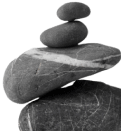- Info@liezenuae.com
- +971 4 267 7332
- Office 201 Sheikha Mohra Majid Al Ghurair Building - Dubai
Decorative Textured Walls
What Are Decorative Textured Walls?
Decorative textured walls are surfaces designed with a raised or embossed pattern to add dimension and style. Unlike flat, painted walls, textured walls incorporate materials like plaster, concrete, or other coatings to create patterns, textures, and finishes that can range from subtle to dramatic.
Types of Decorative Textured Walls.
Venetian Plaster: Known for its smooth, polished finish with subtle depth, Venetian plaster gives walls a luxurious, marble-like appearance. It’s an ideal choice for elegant spaces like living rooms or hallways.
Concrete and Micro-Cement: For a modern, industrial aesthetic, concrete and micro-cement offer a raw, textured look. These finishes are ideal for contemporary homes and commercial spaces aiming for an urban, minimalist style.
3D Wall Panels: 3D panels are a bold choice that brings a sculptural element to the wall. Available in various materials like gypsum or MDF, these panels come in geometric shapes, waves, or organic patterns for a dynamic visual effect.
Stucco: Traditional stucco finishes bring texture with a more rustic or Mediterranean feel. This type of texture is perfect for creating timeless and classic interiors with a cozy, earthy vibe.
Installation of Decorative Textured Walls
The installation process of decorative textured walls varies depending on the type of material being used. Here’s a general outline of the steps involved:
Step-by-Step Installation Process:
Surface Preparation: The wall surface must be clean, dry, and smooth before applying any texture. Remove any loose paint, dirt, or imperfections, and apply a base coat if needed. Proper preparation ensures a smooth and durable finish.
Material Application: The specific material chosen (such as plaster, concrete, or other textured coatings) is applied to the wall using trowels, rollers, or sprayers. Depending on the design, multiple layers may be applied, each building on the texture and depth.
Creating the Texture: Various tools are used to create different textures. Trowels, brushes, stamps, and rollers can be used to shape the material into the desired pattern, such as swirling patterns, grooves, or geometric shapes. This is a creative step that defines the final look.
Curing and Drying: After application, the material must dry thoroughly. Depending on the product, this may take from a few hours to a few days. Proper curing ensures the texture remains strong and resistant to cracking or peeling.
Finishing and Sealing: Once the texture has dried, it may be polished or sanded to achieve a specific look. A sealant is then applied to protect the textured surface from moisture, stains, and wear. This step also enhances the vibrancy and longevity of the wall.
At Liezen Technical Services LLC, We are the best specialized and professional company for textured wall works across Dubai and the UAE.
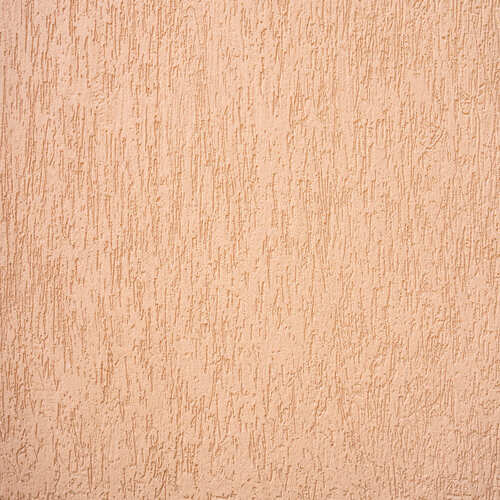
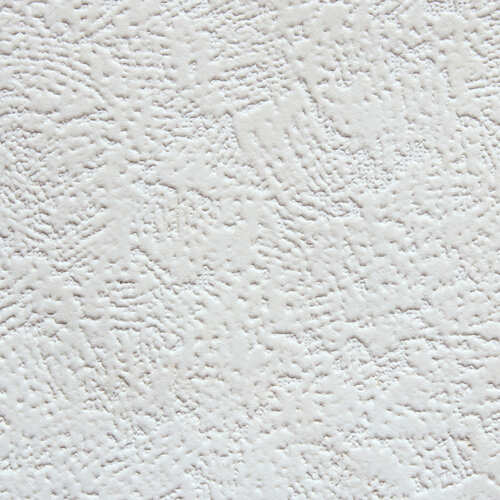
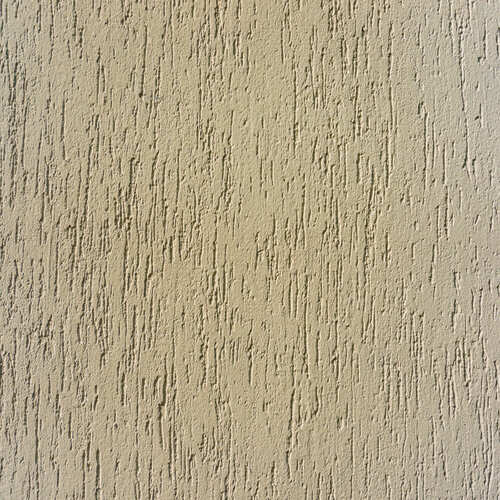
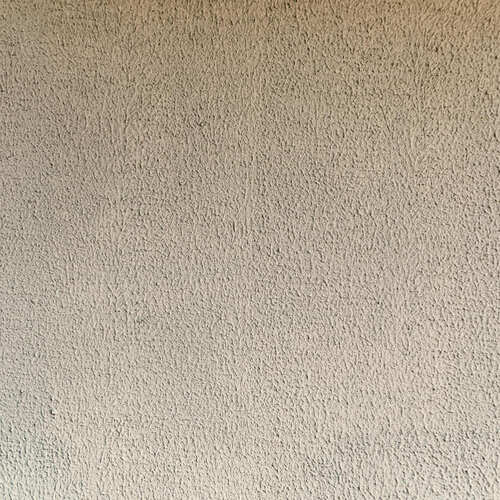
Contact
Contact Us
The core of our business is customer focus. We value our clients highly especially within Dubai and all cities of UAE and strive to provide the best services that testify to our relationship with them.
